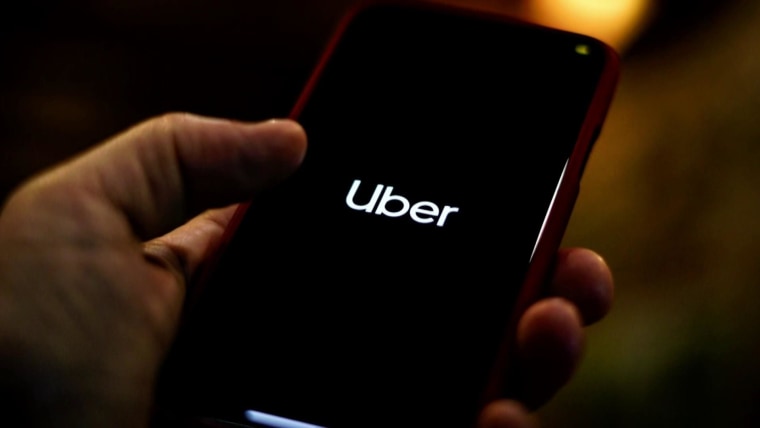OAKLAND, Calif. —The California Public Utilities Commission, the state government body responsible for licensing and regulating some transportation companies including Uber and Lyft, officially ruled Tuesday that it would formally consider drivers of those companies to be employees, in line with a newly-enacted state law known as AB5.
The finding, first reported by The San Francisco Chronicle, came as part of an 18-page document that covers a host of other upcoming rulemaking as it pertains to these types of companies, which are known in the state as “transportation networking companies,” or TNCs.
For now, it is not clear what practical difference this ruling defining drivers as employees makes, given the companies’ longstanding resistance to re-classifying the backbone of their workforce.
However, last week, the California regulator also issued a formal reminder to the companies that they had to provide workers’ compensation for their employees by July 1, and under state law could consider revoking the companies’ relevant operating authority if they did not comply. Last month, Attorney General Xavier Becerra and the city attorneys from San Francisco, Los Angeles and San Diego sued over the companies’ alleged non-compliance with AB5.
“We have long maintained that Uber and Lyft are misclassifying and exploiting their drivers, and we intend to prove that in court,” Meiling Bedard, a spokesman for San Francisco City Attorney Dennis Herrera, said in an email. “To the extent that the California Public Utilities Commission takes the position that Uber and Lyft drivers are employees, they join a long list of government entities and regulators that have consistently and correctly reached that same conclusion,” she added.
Uber and Lyft did not respond to emailed questions, including one about whether they would abide by the July 1 deadline, and sent statements instead.
“Uber remains committed to expanded benefits and protections to drivers,” the company said in a statement sent by spokesman Davis White, referring to its efforts to overturn AB5 with a voter initiative that will be on the ballot in November 2020.
“If California regulators force rideshare companies to change their business model it would affect our ability to provide reliable and affordable services, along with threatening access to this essential work Californians depend on.”
When asked to elaborate as to why it would threaten jobs, White pointed to a summary of a May 2020 report conducted by a company called the Berkeley Research Group.
The summary claims that if Uber and Lyft had to re-classify drivers, it will result in an 80 to 90 percent reduction in the number of drivers. However, this four-page summary does not fully explain its analysis, and to date, the company has not provided a copy of the full report.
Similarly, Lyft spokesman CJ Macklin sent a brief statement saying that the “CPUC’s presumption is flawed,” and declined to explain further.
For years, both Lyft and Uber have said that if they are forced to reclassify gig workers as employees that such a change would have an adverse effect on their profitability, according to their latest annual reports submitted to the Securities and Exchange Commission in February and March 2020, respectively.
For years, the rival companies have touted the ad-hoc work schedule as an attractive perk for drivers. However, one of the major downsides has been that drivers are on the hook for incurring numerous work expenses, including gas, car maintenance, insurance and more.
Shannon Liss-Riordan, a Boston-based labor lawyer who has sued both companies multiple times for alleged labor misclassification over the course of the past several years, called the move a “huge defeat for Uber and Lyft.”
“The pressure is escalating on Uber and Lyft and other companies that are thumbing their nose at the law,” she said. “If anything, this pandemic crisis is highlighting even more and raising public awareness about why we need basic protections for workers, and that companies that employ those workers need to be called to task.”













